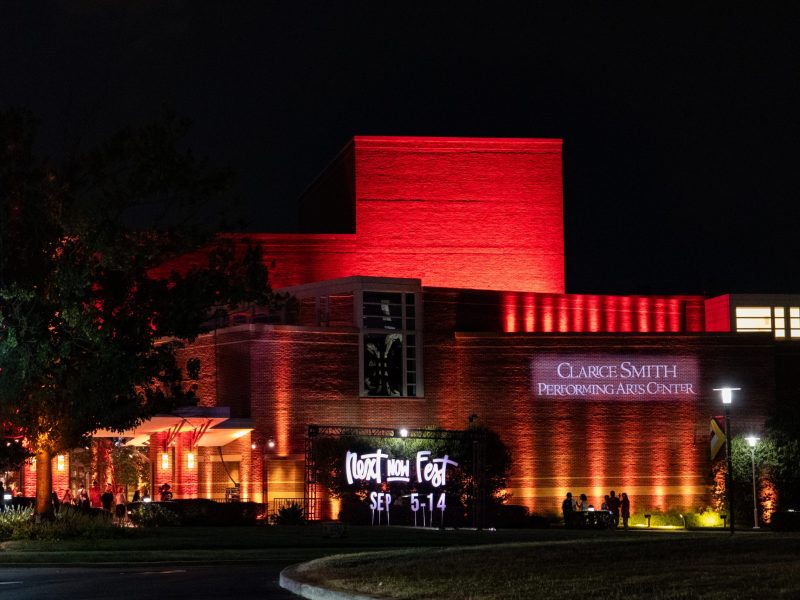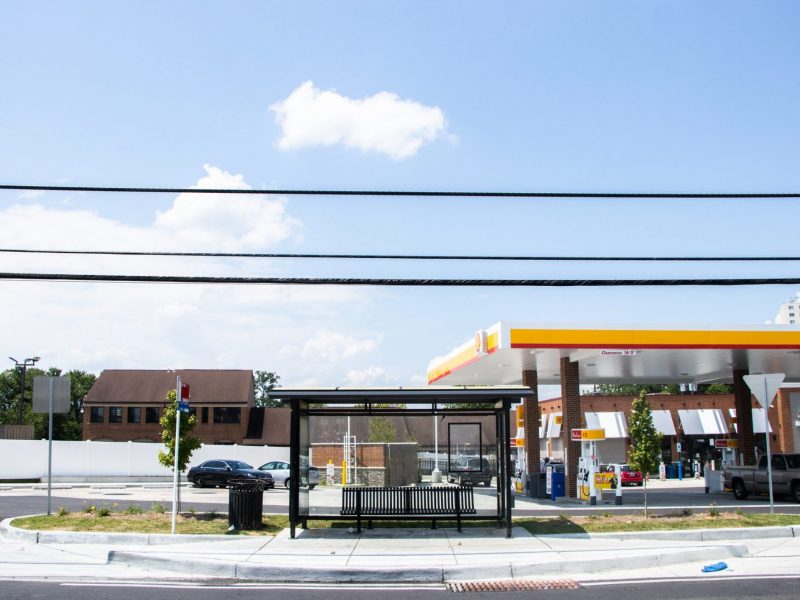If 10 years ago someone told me I’d have a hard time recognizing the faces of people from my online classes, I probably wouldn’t have believed them.
Socializing — which for many is a major part of the college experience — was already confusing for some to begin with, but after over a year of living in a pandemic, some community members at the University of Maryland shared their thoughts on how social life has evolved to be more ambiguous.
Dr. Daniel Swann, an assistant professor at Goucher College and a lecturer at the University of Maryland, explained that socializing, just like anything, gets better with practice.
He said while people quarantined and limited contact, socially, it was “a big shock for their systems.”
“Everybody lost a little bit of practice,” he said. “Older people have more skills to fall back on.”
Swann said that with the increased use of technology and social media, many decided to forgo these social skills previously built, creating a disconnect between people.
This disconnect has resulted in varying levels of social comfort for college students.
[Instagram account umdbesties attempts to bring students together]
Freshman English major Courtney Houston said she doesn’t feel at ease in crowded places at the moment.
“This campus is so crowded,” she said. “Walking to and from classes I still wear my mask because I still feel like we’re so close together even though we’re outside.”
Swann said he noticed fewer people walking close to each other in the hallways, and instead weaving through the student traffic to avoid exposure more than they did before the pandemic.
Senior neurobiology and physiology major Frederick Difiore said his extroversion hasn’t changed since the pandemic.
“I’m a very social person in general,” Difiore said. “Even during the pandemic I was still socializing, even if it was offline, I was still doing stuff with friends.”
Tucker Siegel, a computer science major, said he also hasn’t felt any differences in social comfort after being back in person at football games.
“Everyone’s outside and everyone’s being social, it feels normal,” he said.
Whether it feels normal or not, some aspects of social life have always had more pressure than others. For instance: first impressions.
[Review: JPEGMAFIA’s ‘LP!’ is a refreshing addition to the derivative world of hip-hop]
Some people are told their whole lives that first impressions matter. However, with the use of masks, meeting new people now consists of not knowing what half of their face looks like.
Rather than it being awkward, Houston said she finds it easier to build up the courage to talk to people when she wears her mask.
“I don’t know, it’s just easier to communicate with people in a way,” she said. “I’m not nervous anymore.”
Freshman biology major Ethan Lac said mask-wearing could be a blessing in disguise. He said meeting people with masks helps see people for who they are rather than automatically focusing on their looks.
“I think that’s more authentic and kind of genuine in a way,” he said.
Students also shared their thoughts on the new phenomenon “maskfishing.” This refers to when someone looks “more attractive” with a mask on than without it. It’s basically a form of catfishing.
“It doesn’t affect friendships or anything,” Houston said. “But I didn’t realize [before] how much [superficiality] we have in our world.”
Swann said there have been times when he makes eye contact with his students because they are answering a question, and the student will automatically think there’s something wrong with their mask.
“Eye contact was already sort of weird with Gen Z,” he said. “They quickly go for a mask adjustment after however many seconds of eye contact.”
From the student’s perspective, Difiore said he’s had moments where he is answering a question with his mask on in class and the professor has no idea who is speaking.
This leads to another important question: With everyone interacting with others differently, how can we pick up body language and social cues now?
Swann said numerous times he had gone in for the handshake and been rejected; and then the fist bump and been rejected, and then had to go to the elbow touch.
“There’s a lot of room for social faux pas, social misunderstandings,” he said.
Difiore said in the case of interviews for internships, he would prefer them to be in person to read social cues more easily than over a screen.
Although many events are going back to an in-person setting, many have grown accustomed to the online options implemented throughout the past year.
“The social imagination opened up for a lot of people in terms of how we can live in existence without being in lots of physical spaces that we thought we needed to be in,” Swann said.
Swann also noted that in a way, Zoom was tiring and disengaging for students. Lac said he doubts that people would say “Hi” if bumping into someone from one of his online classes.
“Do you really know them? You just see them on the screen and a lot of people have their cameras off,” he said.
Amid the ambiguity, shifts and challenges of the pandemic, some students still found a silver lining.
Difiore said he learned that younger generations are relatively adaptable when everything first switched to online, especially since technology has always been intertwined with our lives.
“For the situation, although it’s challenging for a lot of people, it’s probably not as challenging for [younger people] specifically,” he said. “I definitely think that’s had an impact on the effectiveness, in our transition from in person to online.”



